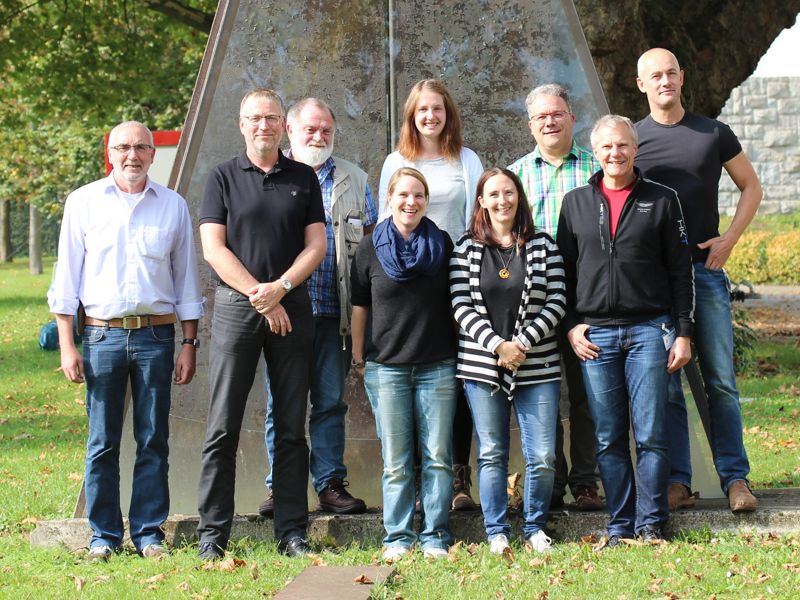CaDNAP
If you think about DNA analysis for CSI (crime scene investigation) the involved humans (victim, suspect) certainly come first place. Their DNA profiles can be used to prove their presence at the crime scene and their relation to the crime. However, non-human and plant DNA can often provide a helpful link between crime scene and perpetrator or even between victim and perpetrator. Therefore institutes have formed the CaDNAP working group that has made it its mission to focus in particular on the non-human and plant DNA traces, as they are of equally important evidentiary value. They strive to improve, extend and harmonise methods for the analysis of molecular markers of plant and animal DNA in the forensic field.
Core Members
The Institute of Legal Medicine Innsbruck, Medical University of Innsbruck (Institut für Gerichtliche Medizin Innsbruck) co-founded the Canine DNA Profiling (CaDNAP) group in 2003 in collaboration with the German Federal Criminal Police Office (Bundeskriminalamt/BKA Wiesbaden). In 2008 the Institute of Veterinary Pathology, Justus-Liebig-University, Giessen (Institut für Veterinärpathologie) joined our group, in 2015 the Institute of Forensic Medicine, University of Zurich (Institut für Rechtsmedizin Zürich).

Front row, from left to right:
U. Schleenbecker [BKA], A. Hellmann [BKA], N. V. Morf [IRM UZH], C. Berger [GMI], B. Berger [GMI]
Back row, from left to right:
W. Hecht [Giessen], J. Heinrich [GMI], U. Rohleder [BKA], W. Parson [GMI]

Front row, from left to right:
U. Schleenbecker [BKA], U. Rohleder [BKA], M. Unterländer [BKA], W. Hecht [Giessen], J. Heinrich [GMI]
Back row, from left to right:
M. Schreiter [BKA], C. Berger [GMI], N. V. Morf [IRM UZH], B. Berger [GMI], W. Parson [GMI]
The Beginnings
In the beginnings, a successful screening method to distinguish human from non-human DNA was established by analysis of the cytochrom b (cytb) gene [Parson 2000] and in some cases the determination of the biological species suffices to give the relevant answers. Sometimes however, the discrimination of individuals within a species becomes important, therefore the startpoint was set establishing canine DNA profiling since 2001 by introducing molecular technology to aid the canine identification process [Eichmann 2004, Eichmann 2004, Eichmann 2005, Hellmann 2006, Berger 2014].
Status Quo
In order to strengthen the importance of animal and plant DNA analyses in the forensic field, recommendations for canine DNA identity testing [Budowle 2005] and for the use of non-human (animal) DNA in forensic genetic investigations [Linacre 2011] were published by the International Society for Forensic Genetics. Nowadays, DNA analyses of animals and plants are established and recognized in the forensic field and are used as a valuable aid in solving criminal cases. These pages present examples of animal and plant DNA analyses (see molecular markers) that have been established and validated within the CaDNAP group.